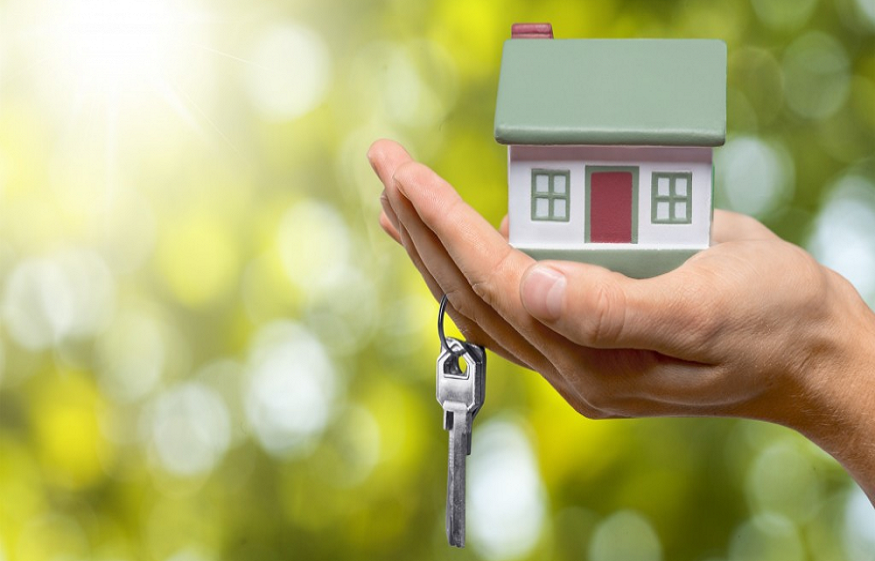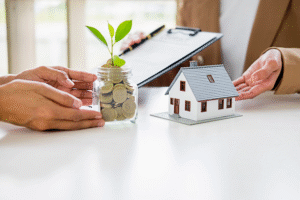Understanding Capital Gains Tax When Selling Investment Properties

The recent changes in the property market and the economy have led to a massive rise in landlords looking to exit the property market and sell their property quickly. 26% of landlords last year sold at least one of their properties and only 8% are actively looking to invest in more. It’s clear that the market is going for a major change right now.
If you’re a landlord or property investor considering selling a buy-to-let or second property, it’s essential to understand Capital Gains Tax (CGT) and how it might impact your profits. With tightening regulations and shifting market dynamics, many landlords are choosing to exit the rental market—but before you sell, knowing the tax implications could save you thousands.
What Is Capital Gains Tax?
- Buy-to-let properties
- Second homes
- Inherited properties (if sold and not your main residence)
Since April 2020, you must report and pay any CGT on property within 60 days of the sale completing. You do this via the HMRC online portal.
It is important to note that you do not pay CGT on your main home (your ‘Principal Private Residence’), assuming it meets certain criteria.
- You must have lived primarily in that home since you purchased it
- You didn’t let part of it out
- You didn’t use it exclusively for business purposes (this doesn’t include temporary home offices)
- The grounds, including all buildings, are less than 5,000 square metres (just over an acre) in total
How Is Capital Gains Tax Calculated?
Your gain is calculated as follows:
Selling Price – (Original Purchase Price + Costs of Purchase/Sale + Qualifying Improvements) = Capital Gain
For example:
- Sold for: £300,000
- Bought for: £200,000
- Costs (legal fees, stamp duty, estate agent fees, etc.): £10,000
- Qualifying home improvements: £15,000
Capital Gain = £300,000 – (£200,000 + £10,000 + £15,000) = £75,000
Current Capital Gains Tax Rates (2024/25)
| Taxpayer Type | Rate on Property |
| Basic Rate (income up to £50,270) | 18% |
| Higher/Additional Rate | 24% (increased from 28% in April 2024) |
You only pay CGT on gains above your annual tax-free allowance, which is £3,000 (as of April 2024).
Strategies to Reduce Capital Gains Tax
- Use Both Spouses’ Allowances
If you co-own the property, you can split the gain and each use your CGT allowance—doubling your tax-free amount.
- Time Your Sale Wisely
Sell in a year when your income is lower to stay in the basic rate band and reduce the CGT rate to 18%.
- Offset Previous Capital Losses
If you’ve made other investments that lost money, you can offset these losses against your gains. - Gift to Family (with care)
Gifting property can sometimes reduce CGT, but you may trigger a gain at the time of the gift. Take advice.
Should You Get Professional Advice?
Absolutely. CGT can be complex, especially if you’ve owned the property for many years or have made improvements. A tax adviser can help you:
- Work out your exact liability
- Identify legitimate deductions
- Suggest tax-saving strategies before you sell
Selling an investment property can unlock equity and reduce your obligations—but don’t overlook the taxman’s share. Understanding Capital Gains Tax early allows you to plan, reduce your tax bill, and make the most of your investment.
If you’re looking for a hassle-free way to sell and want advice tailored to landlords, we’re here to help. At Cash Property Buyer, we’ve helped hundreds of landlords sell property quickly and securely—without the stress of the open market.
Ready to sell? Get a free, no-obligation cash offer today.







